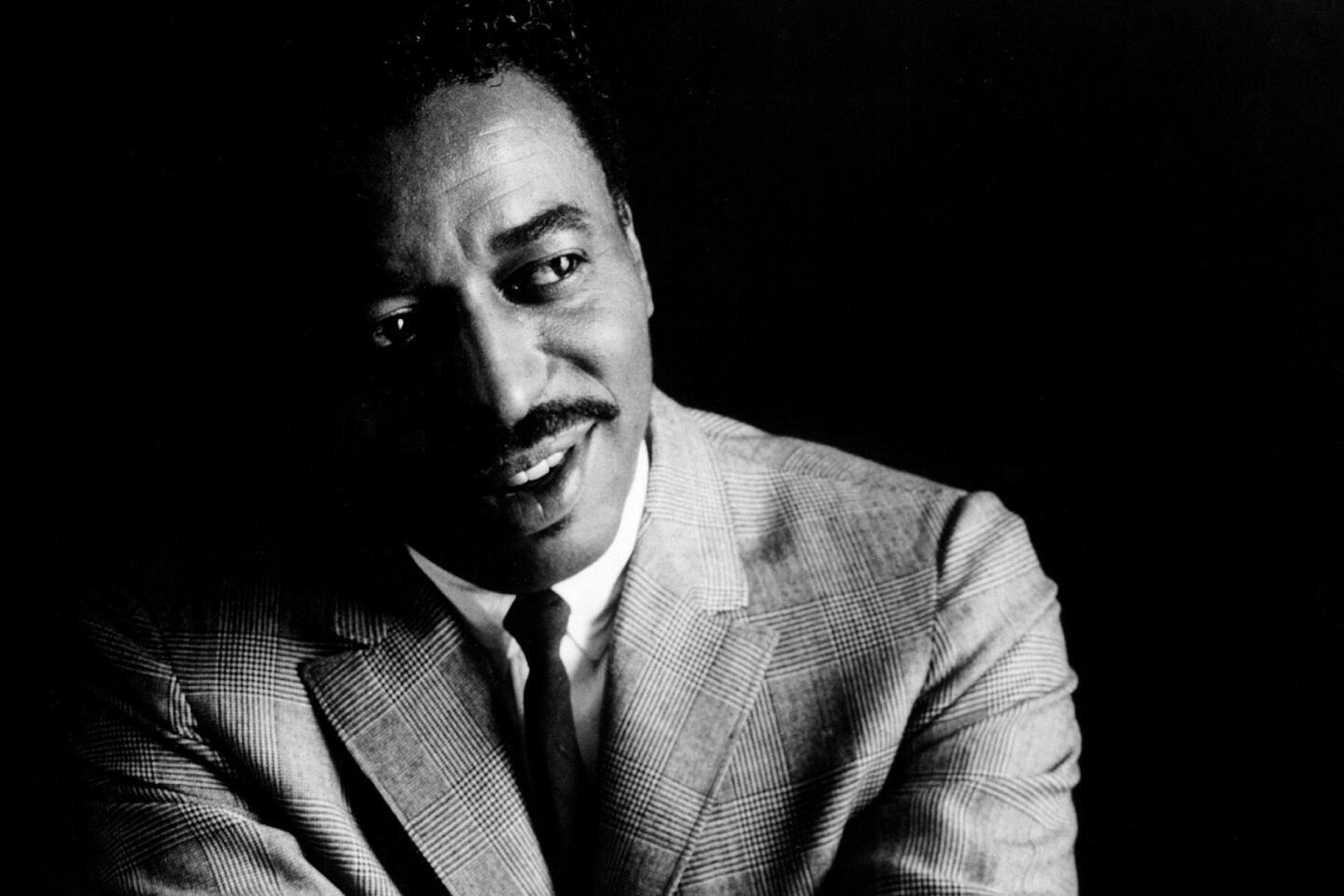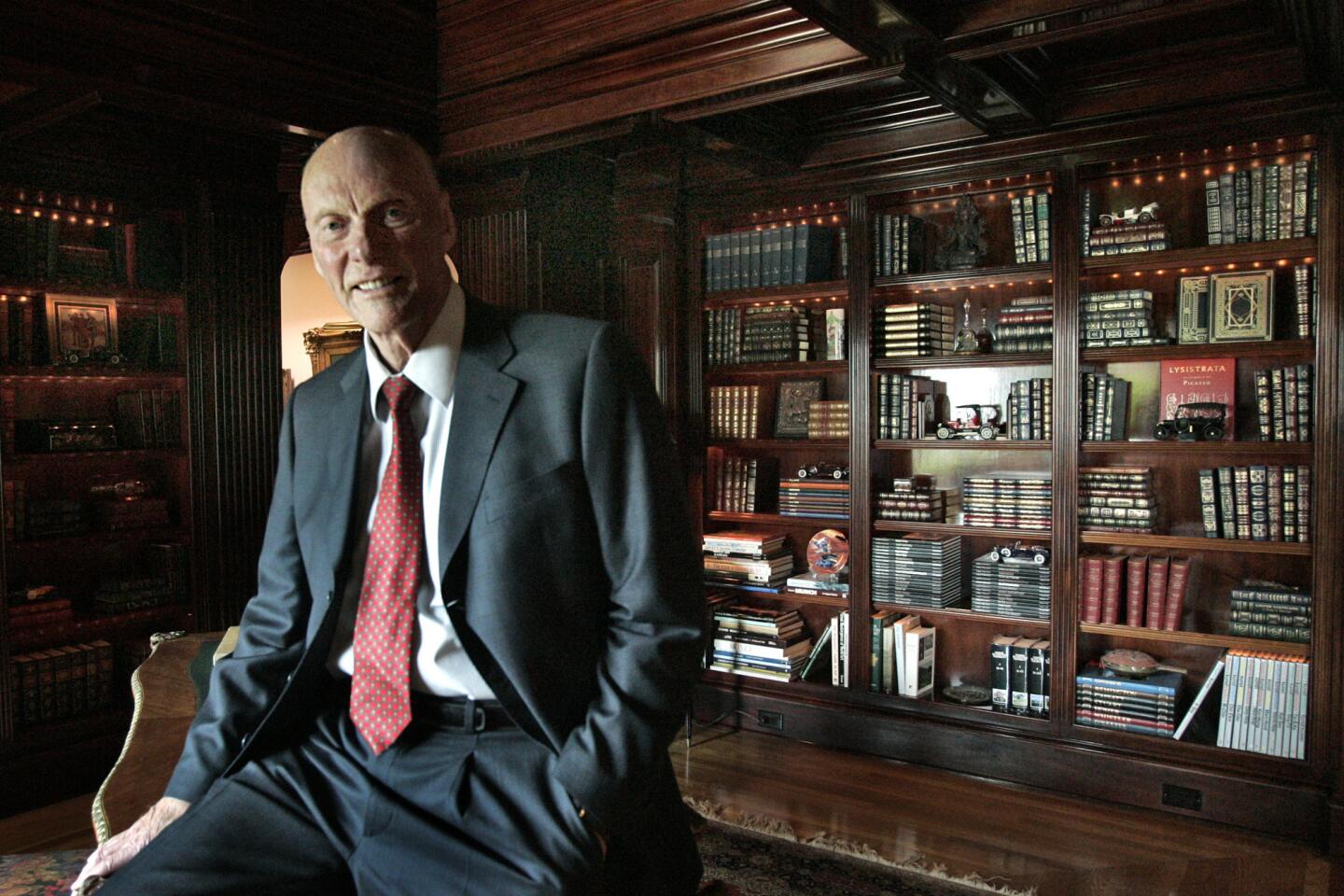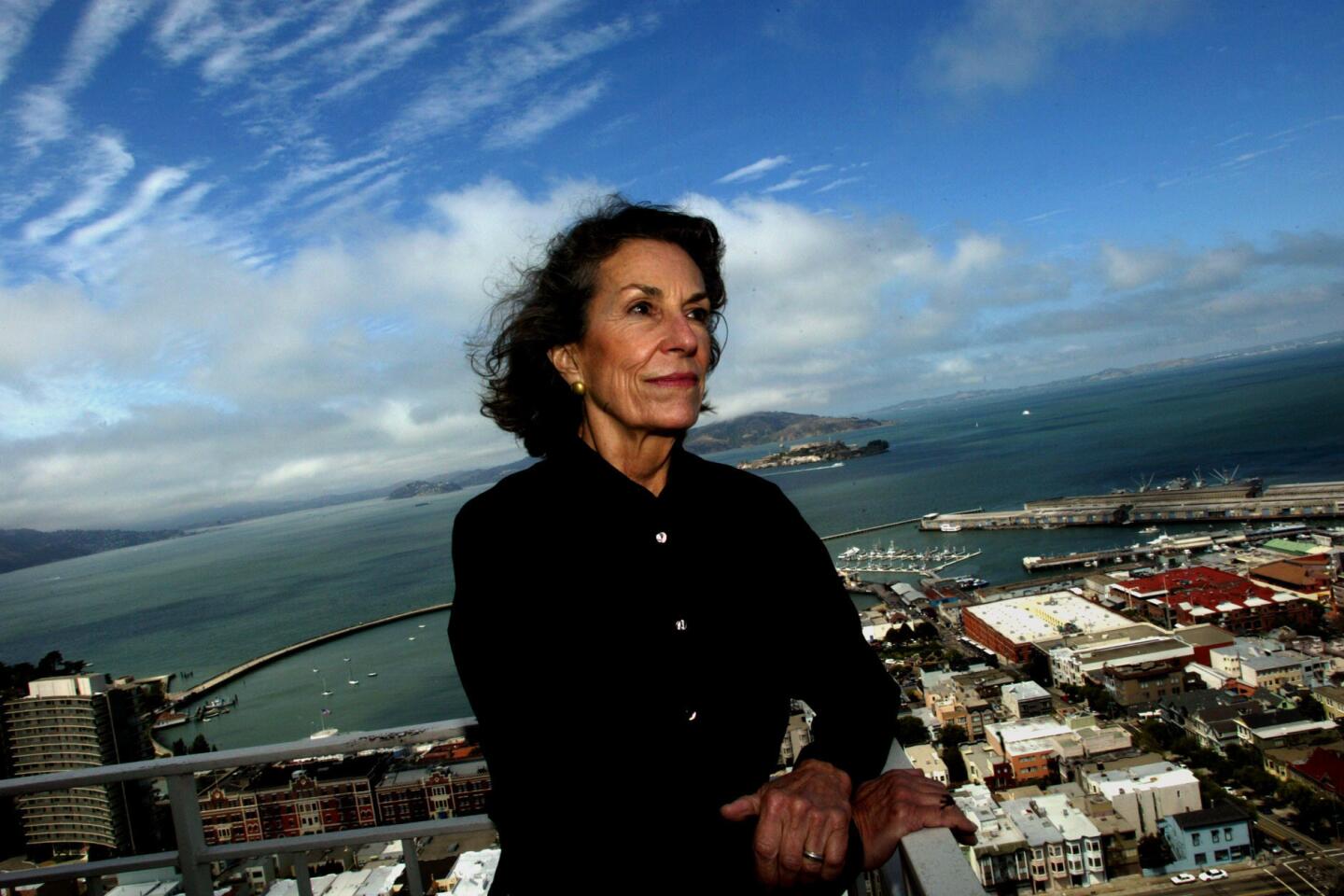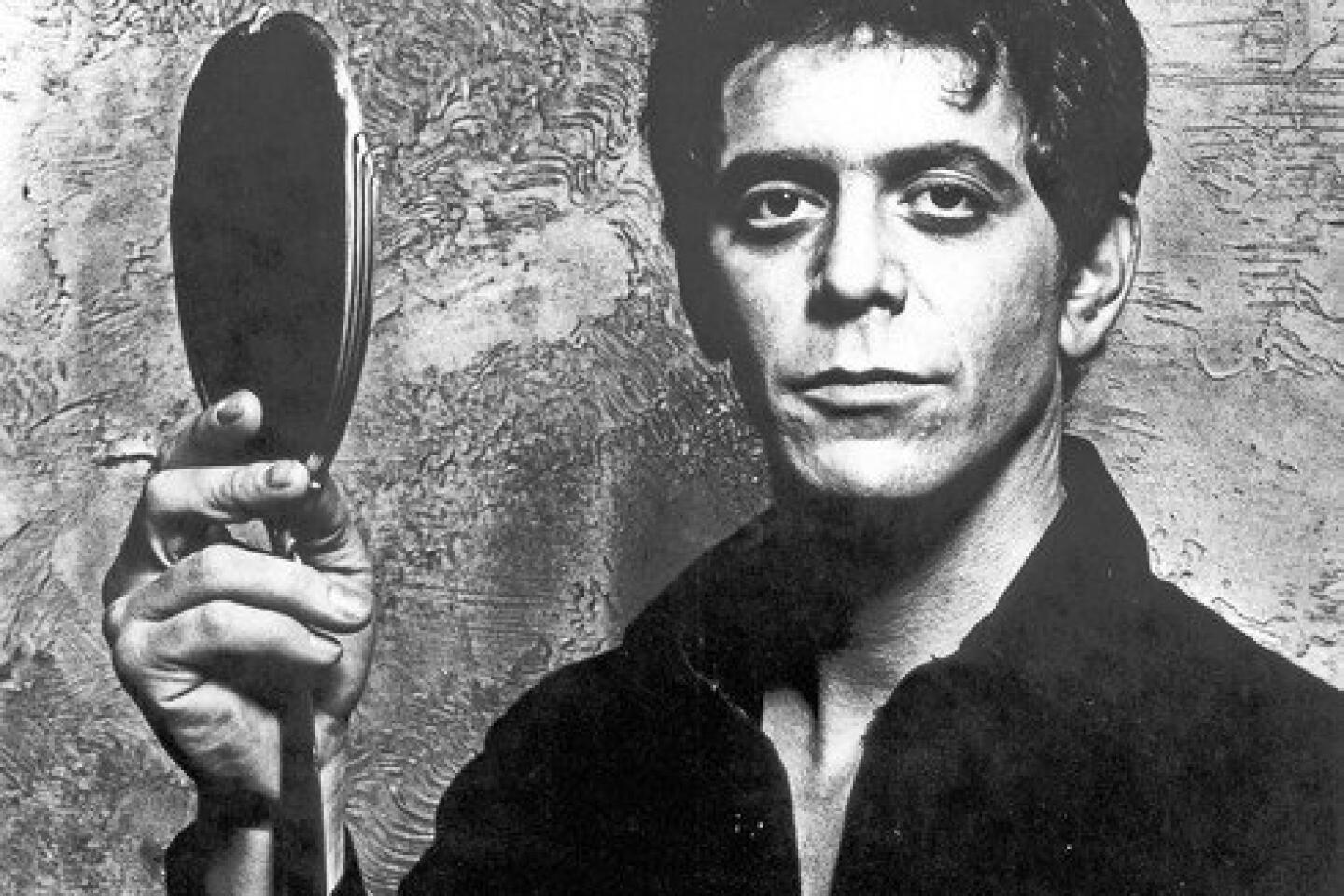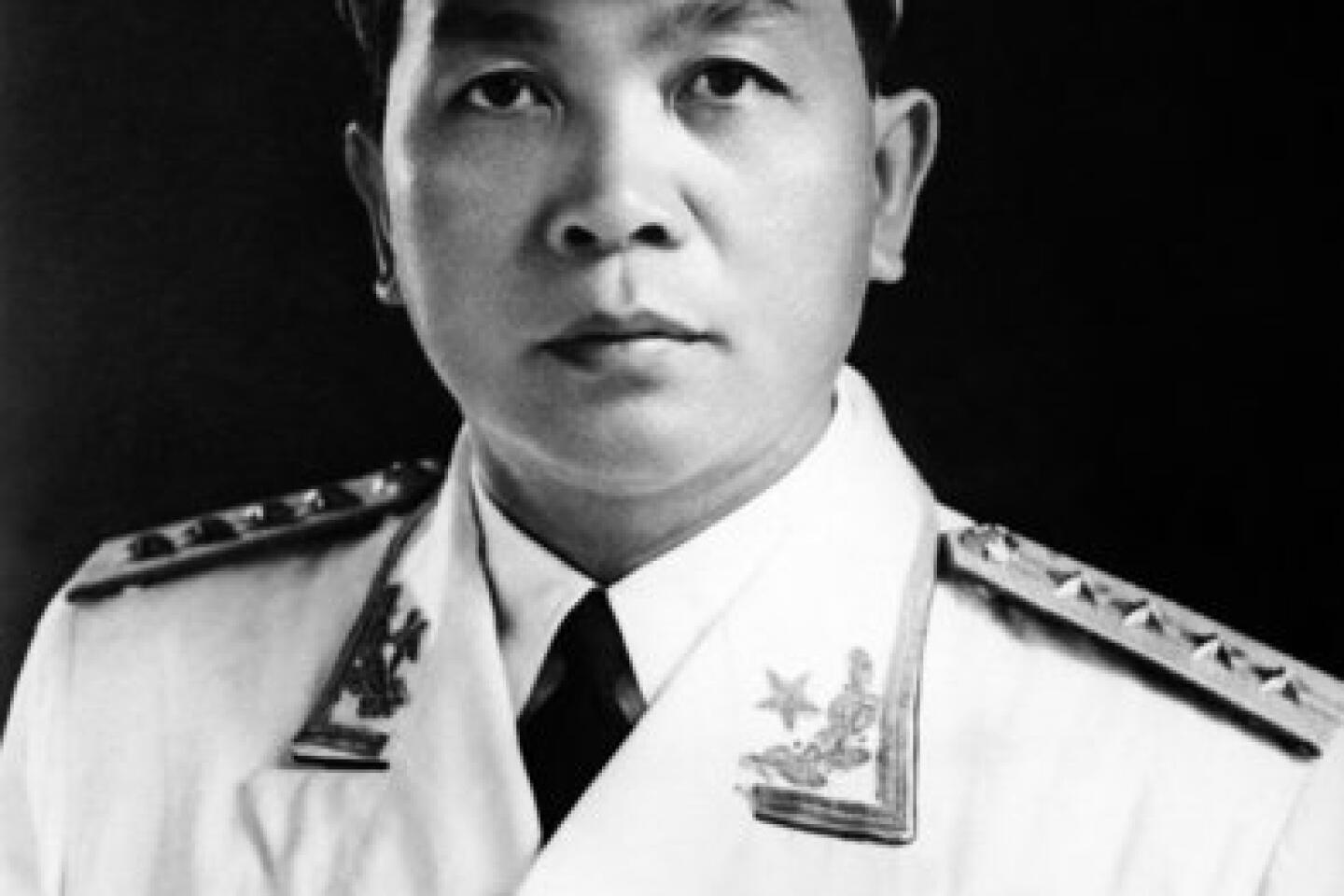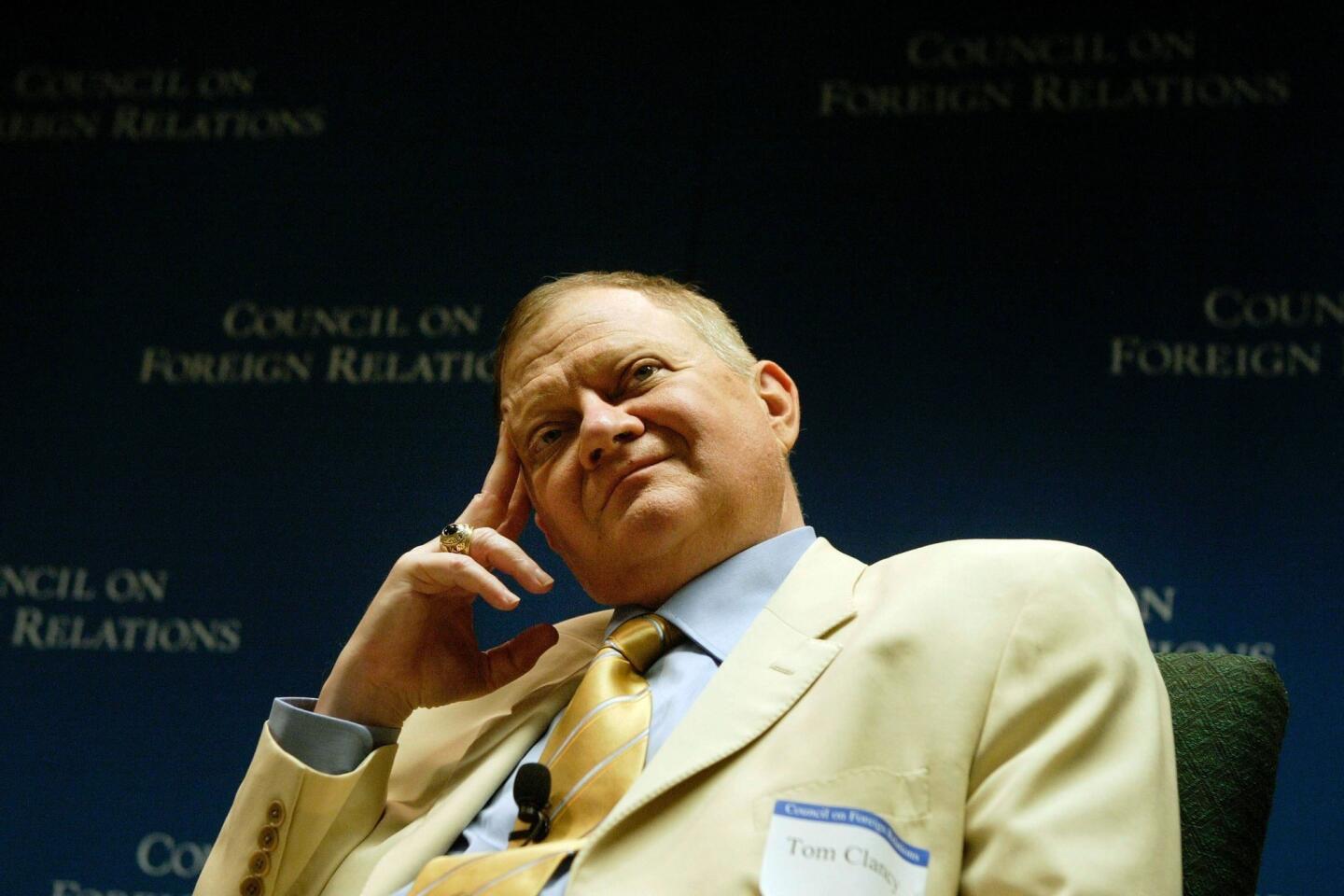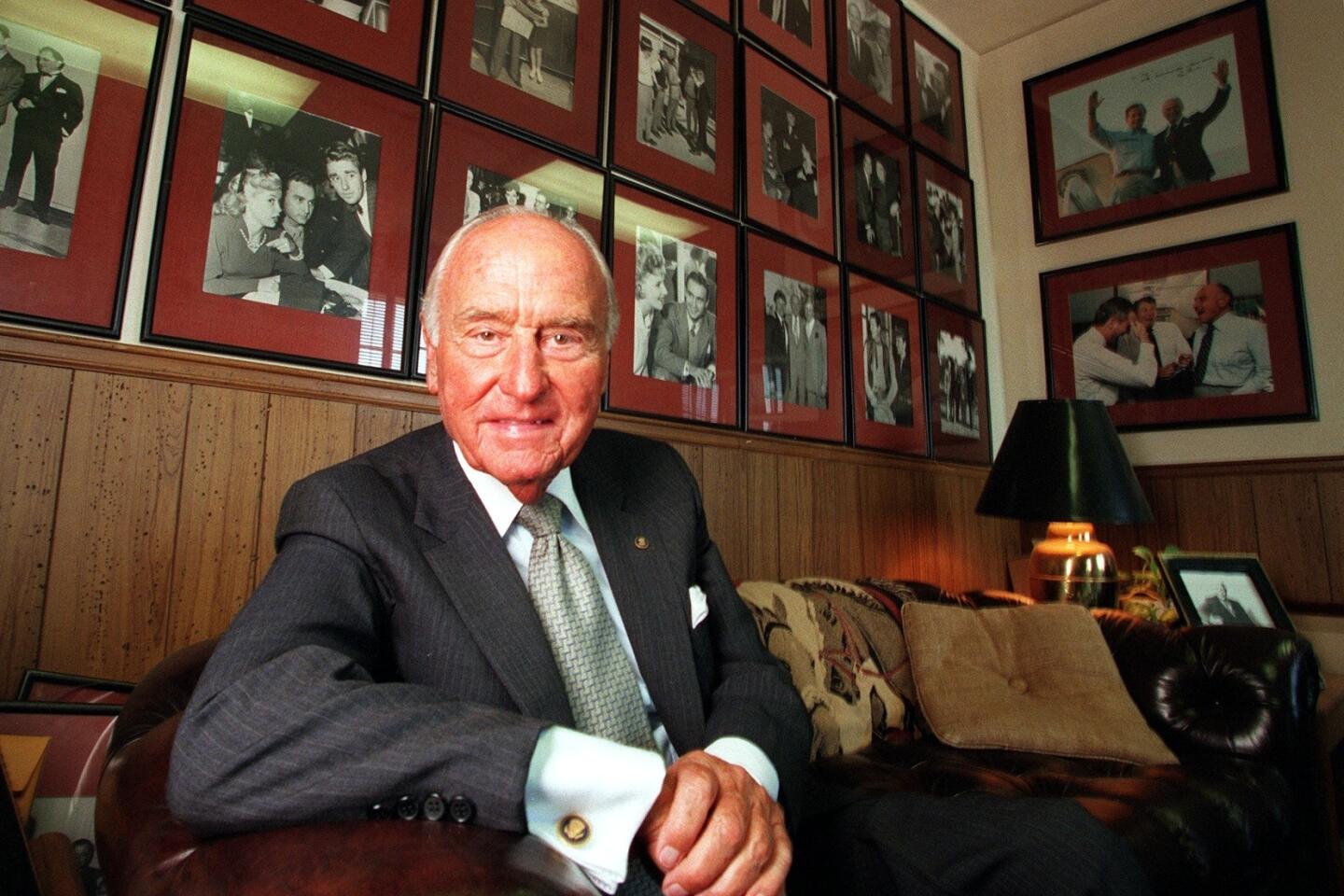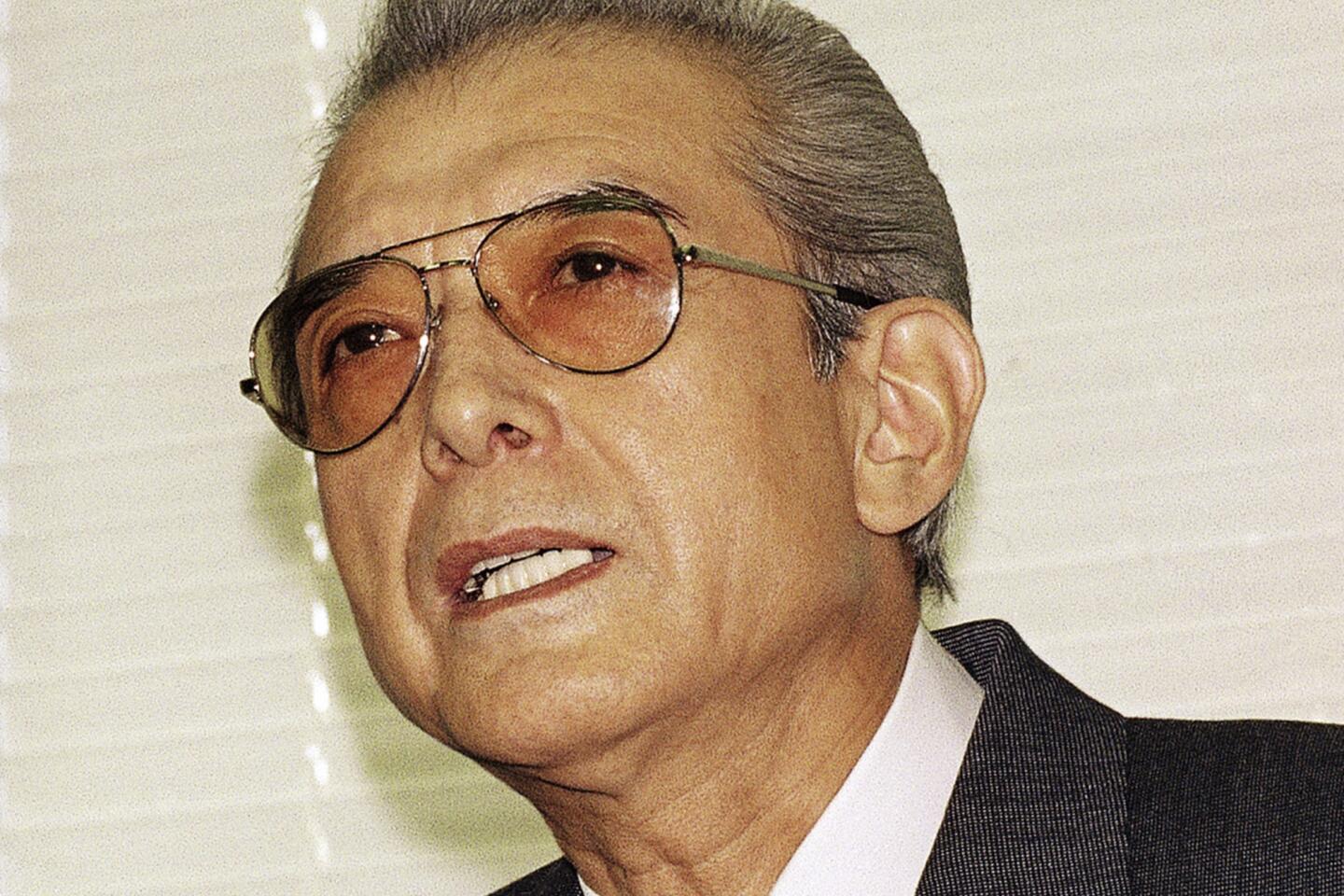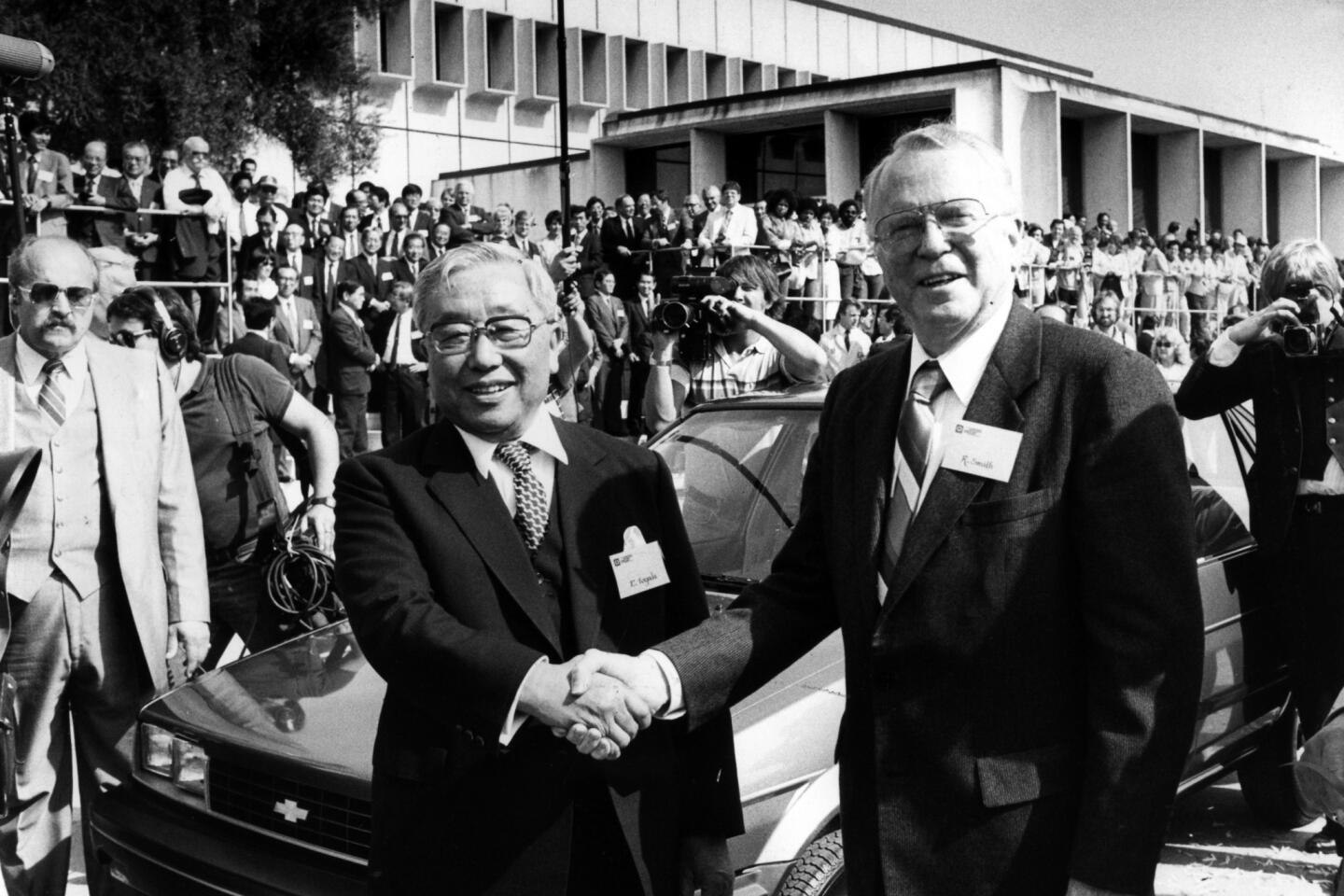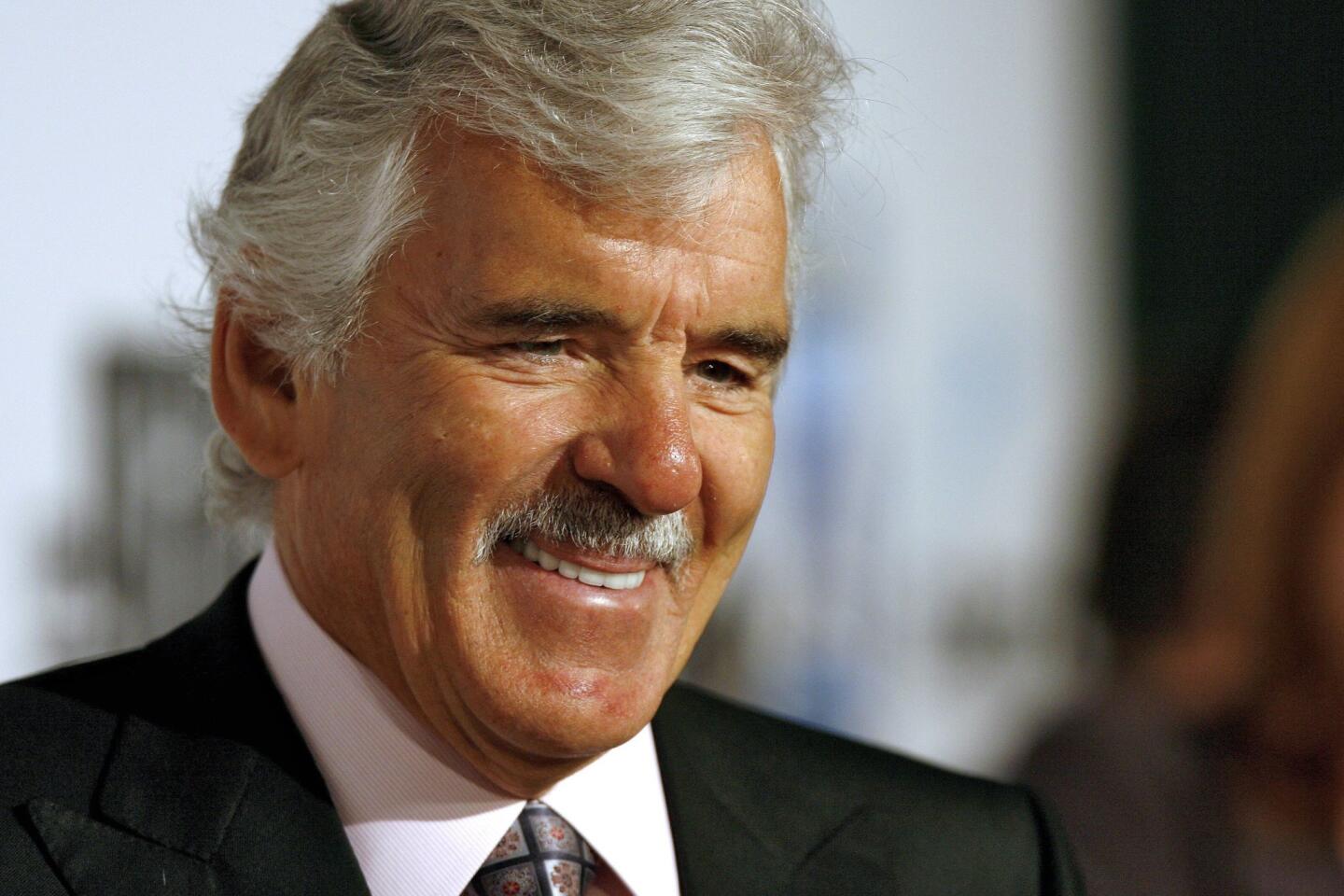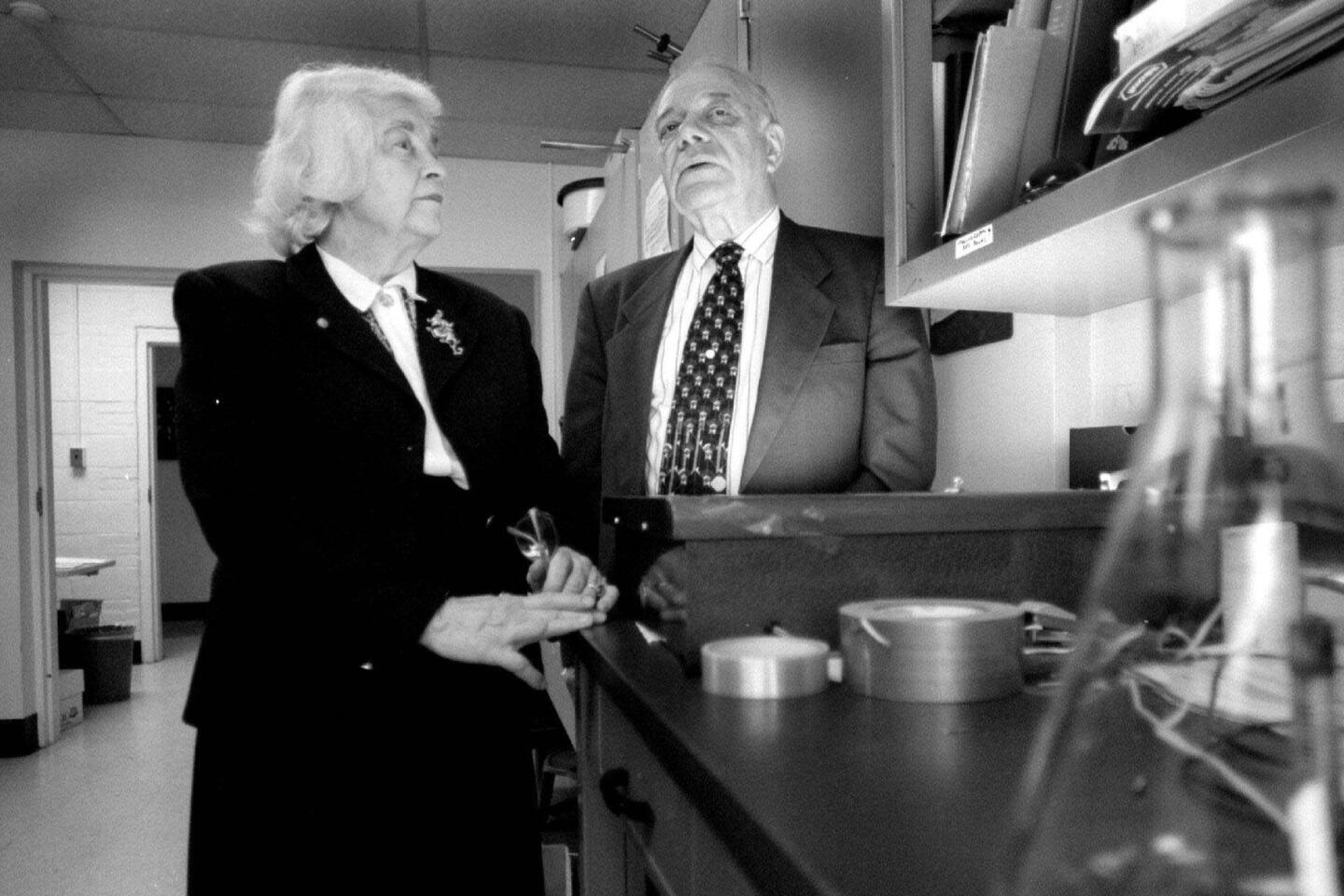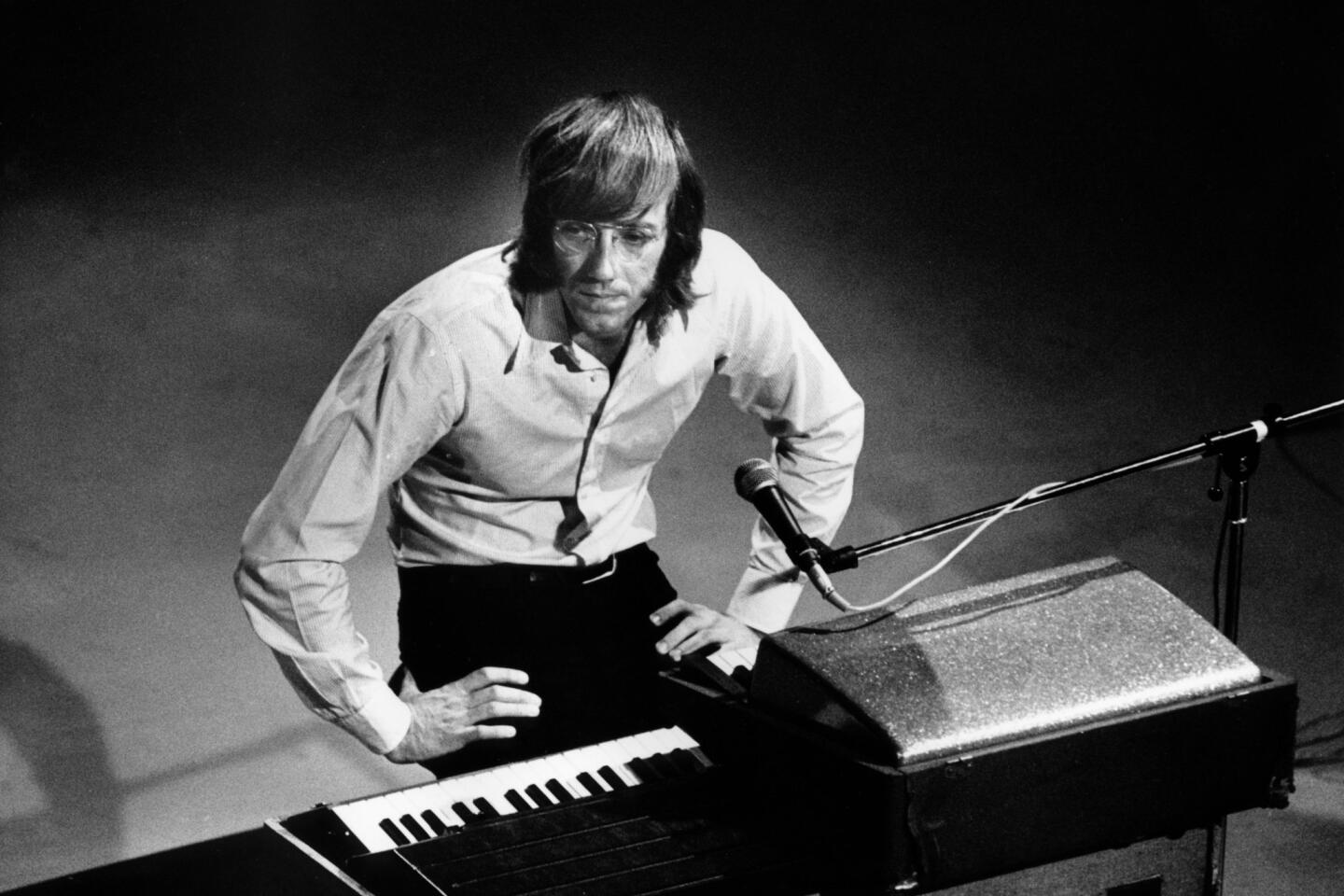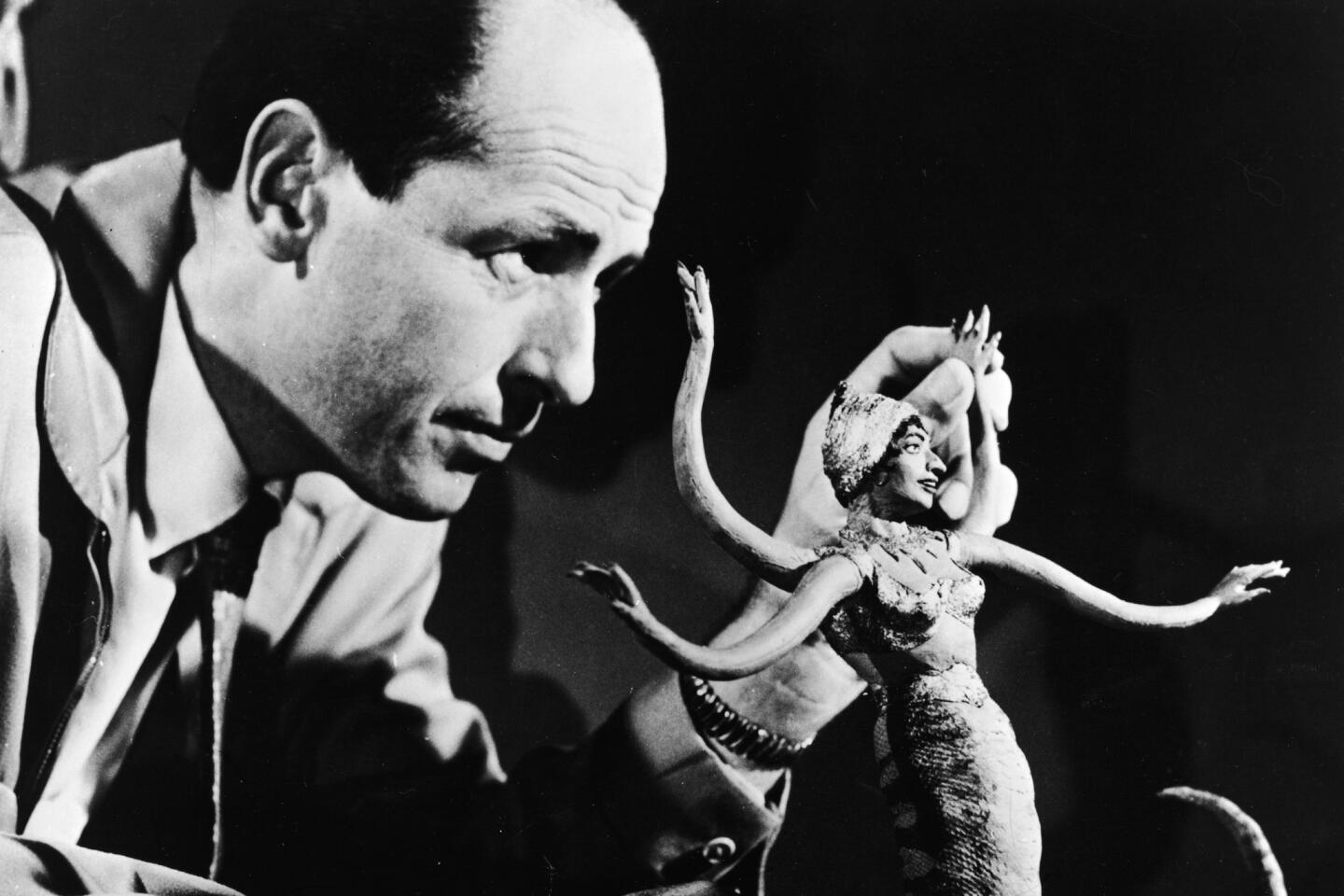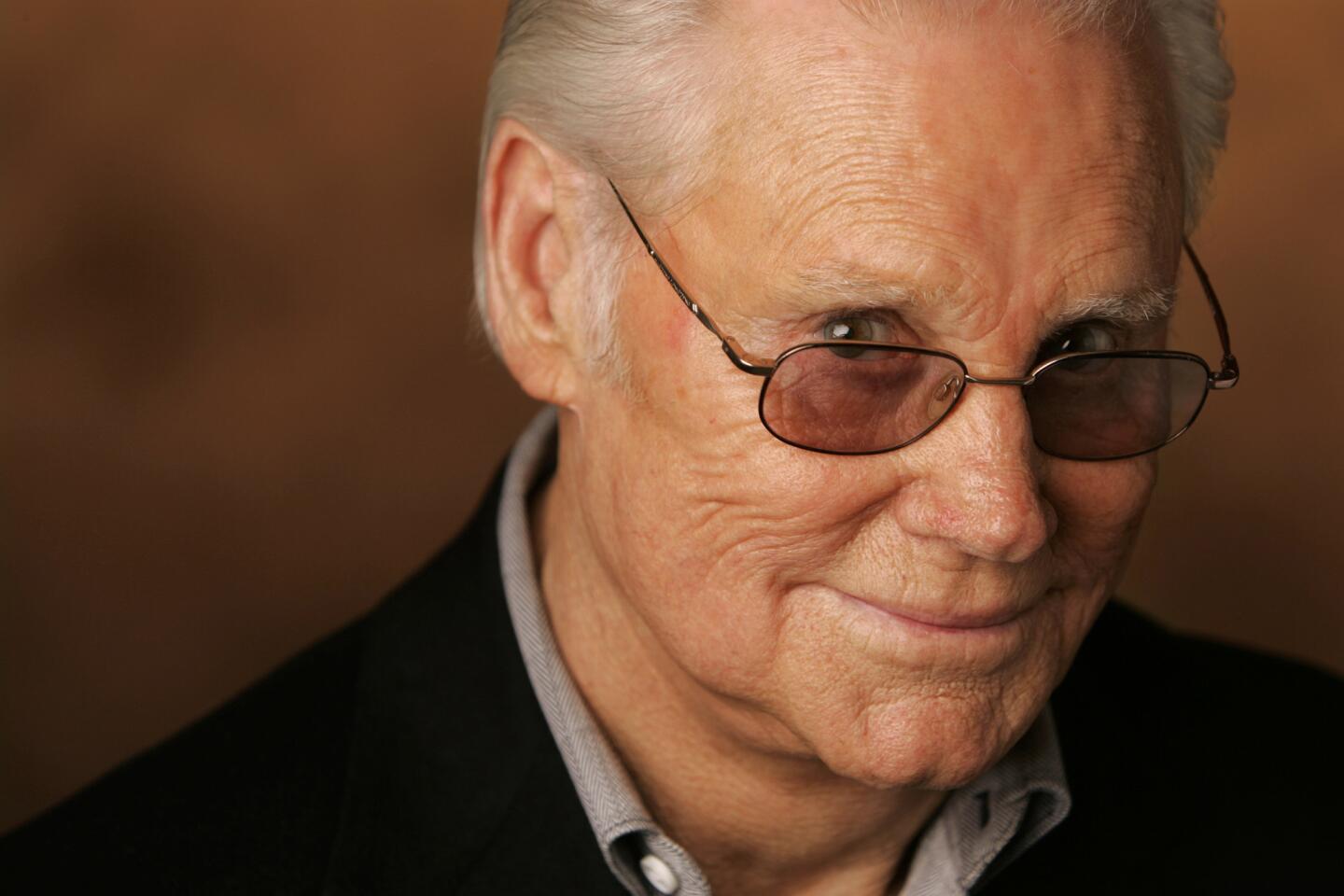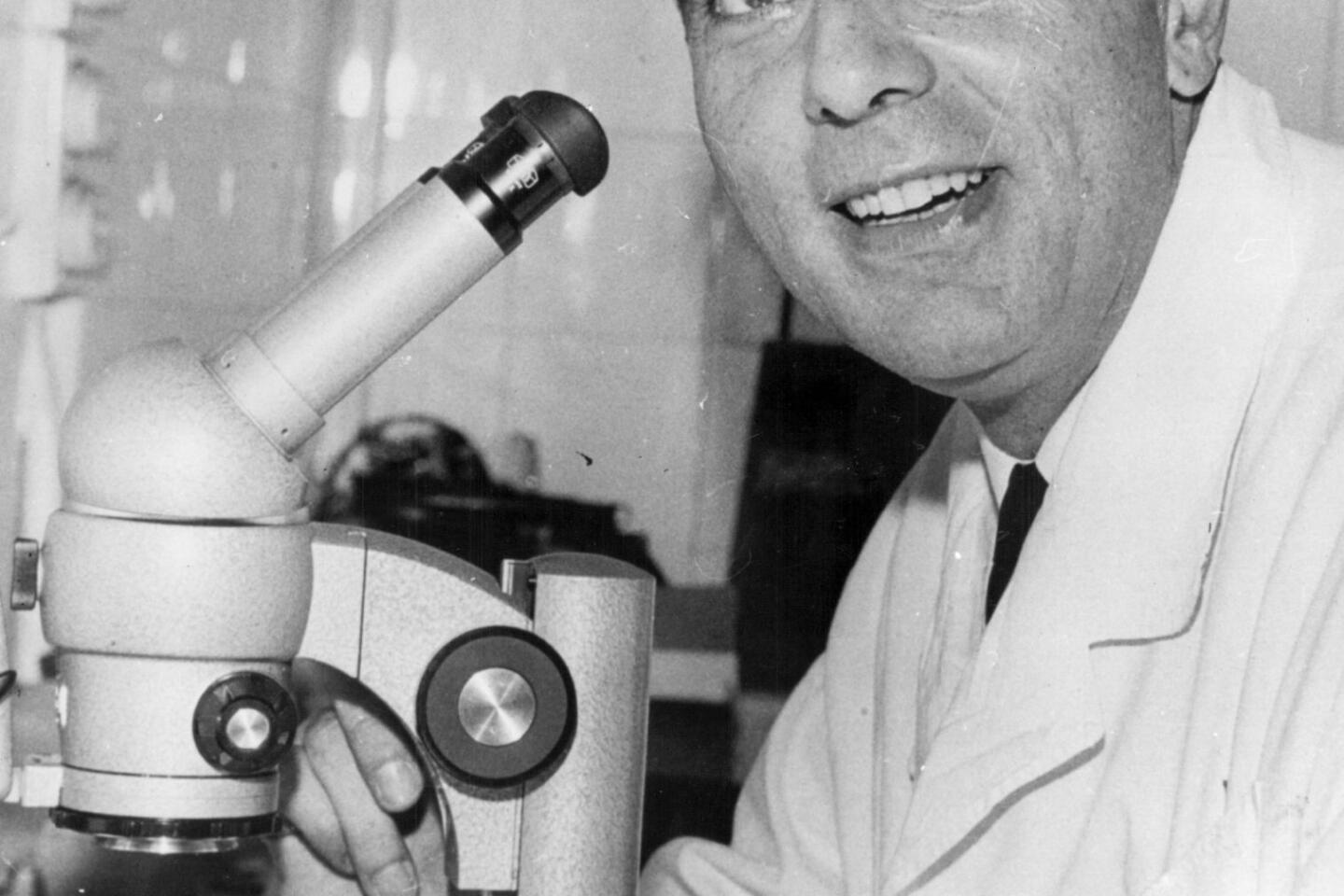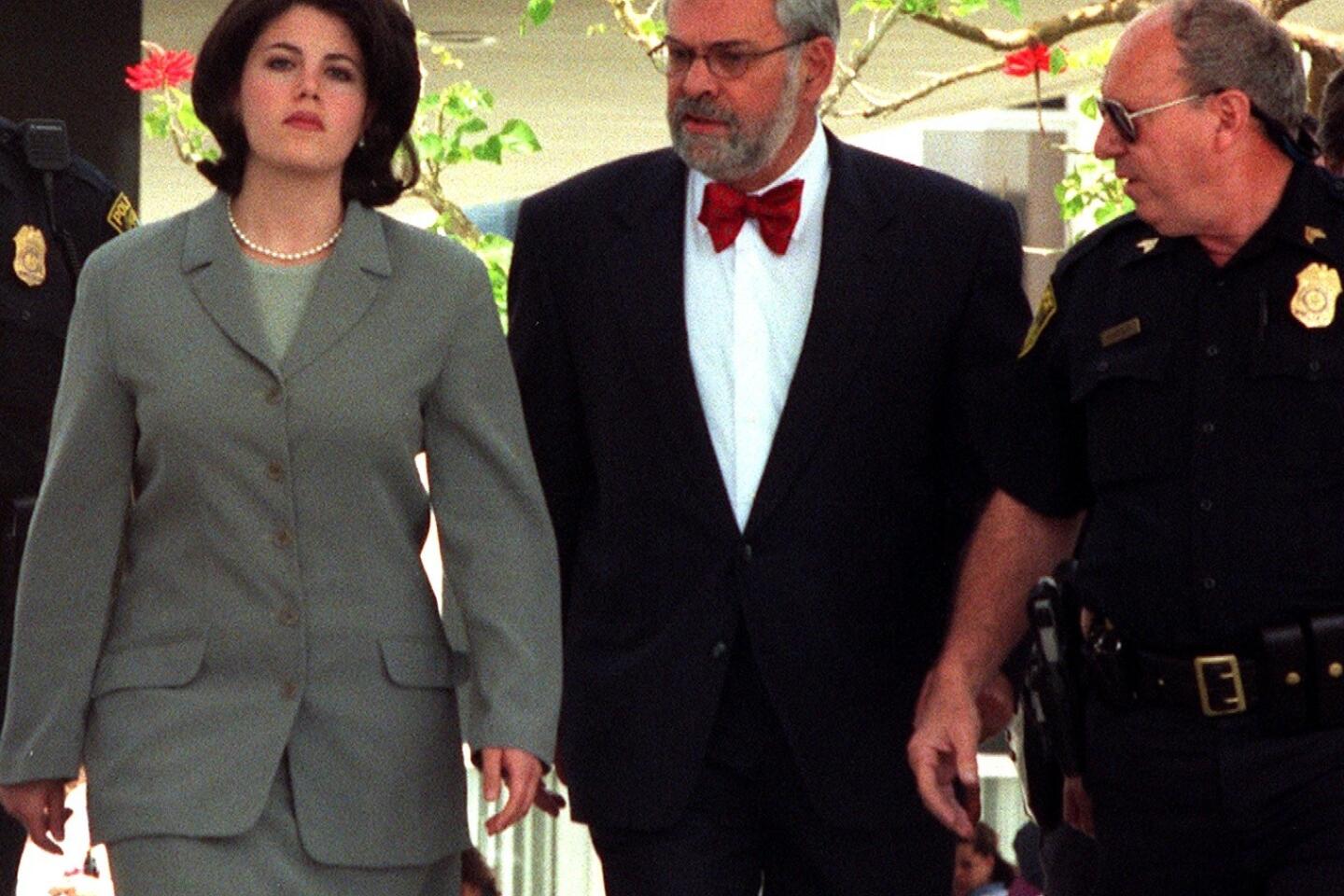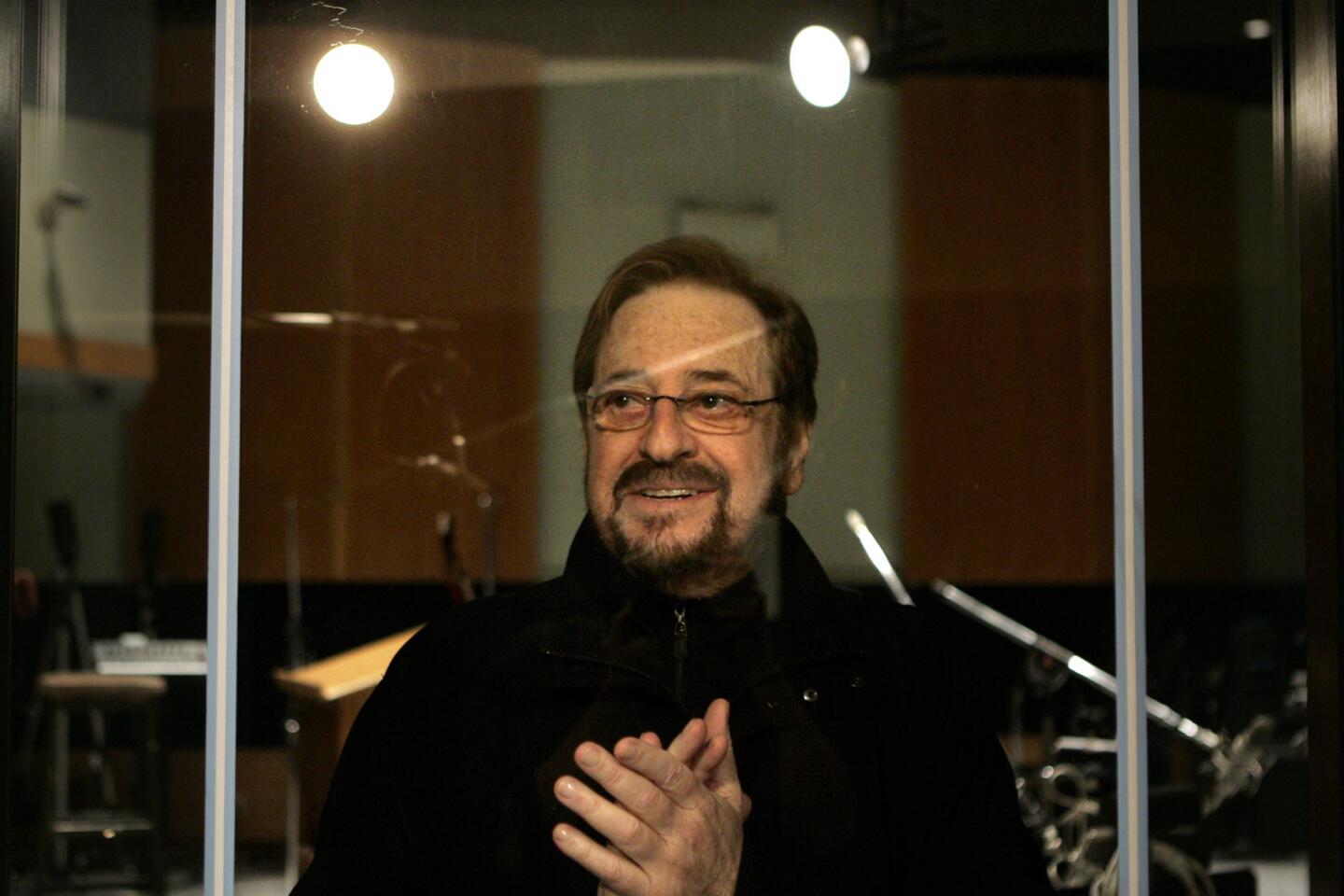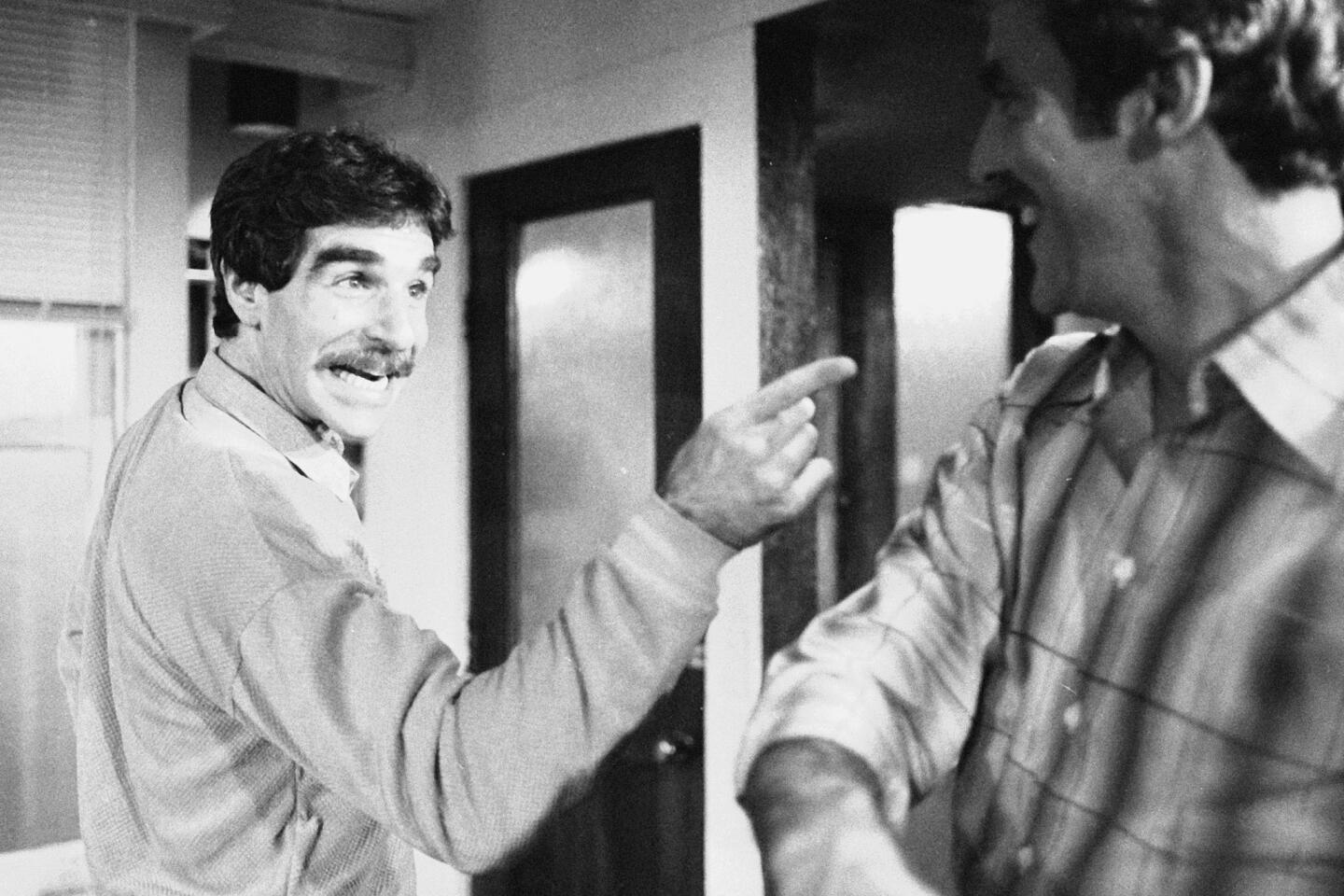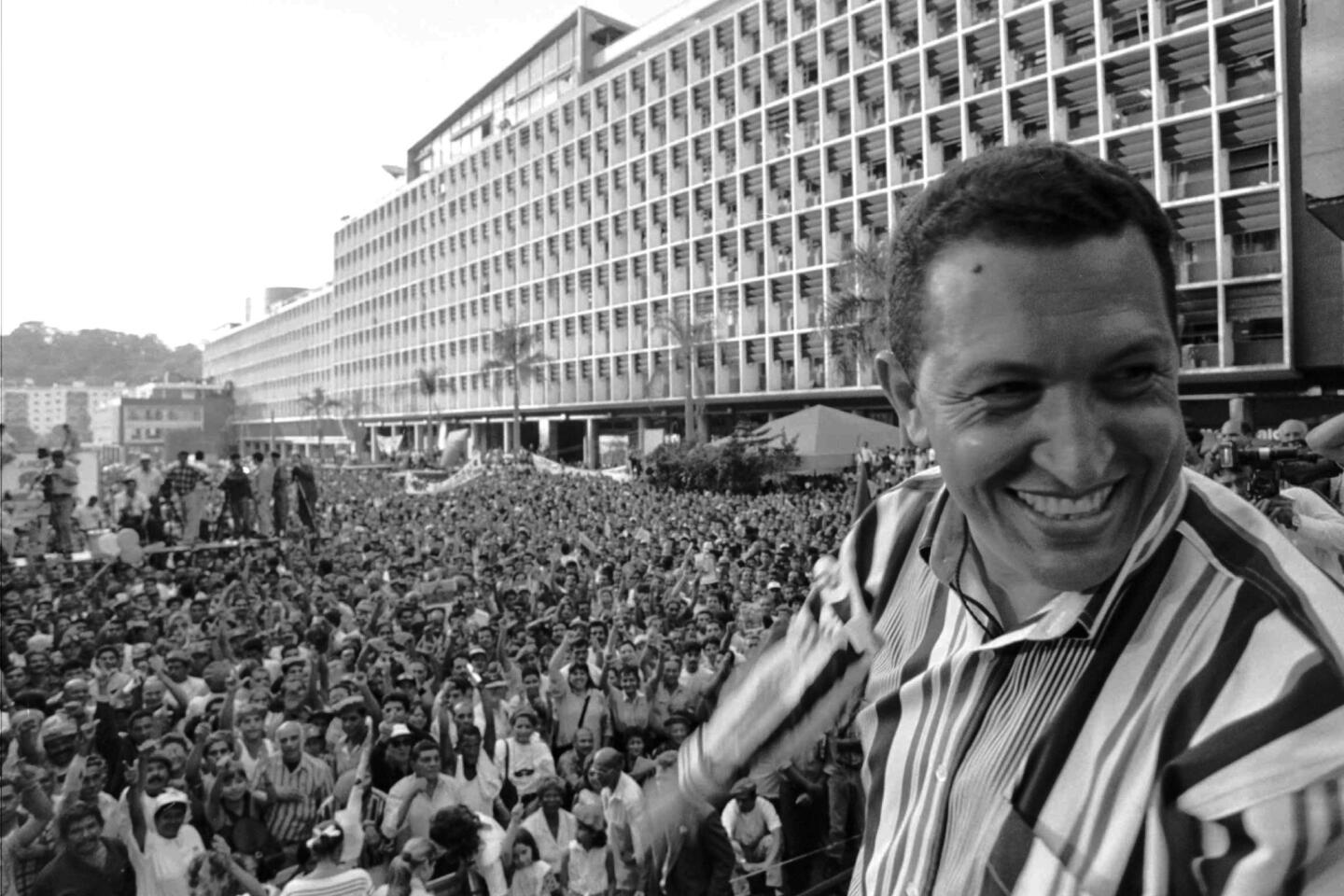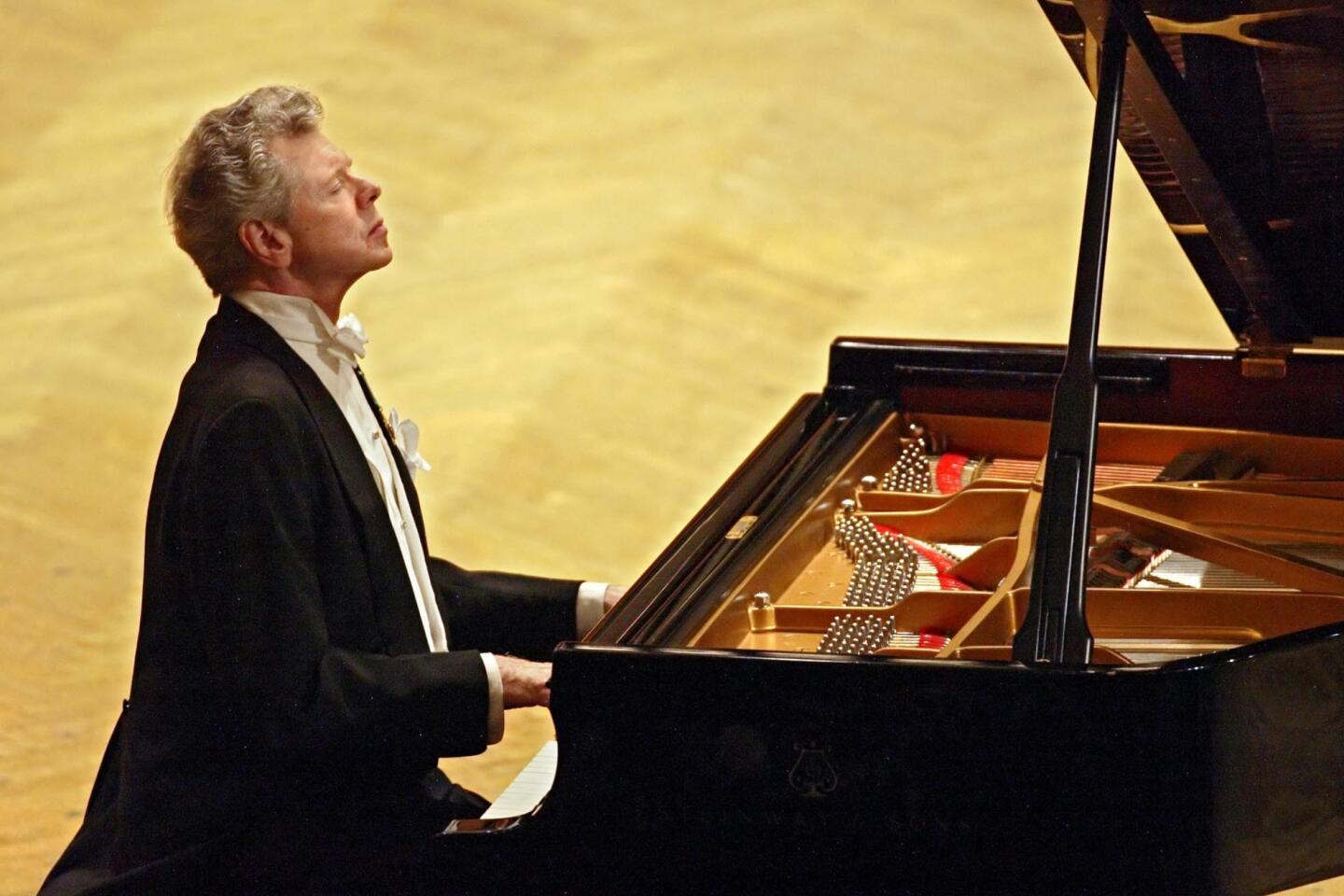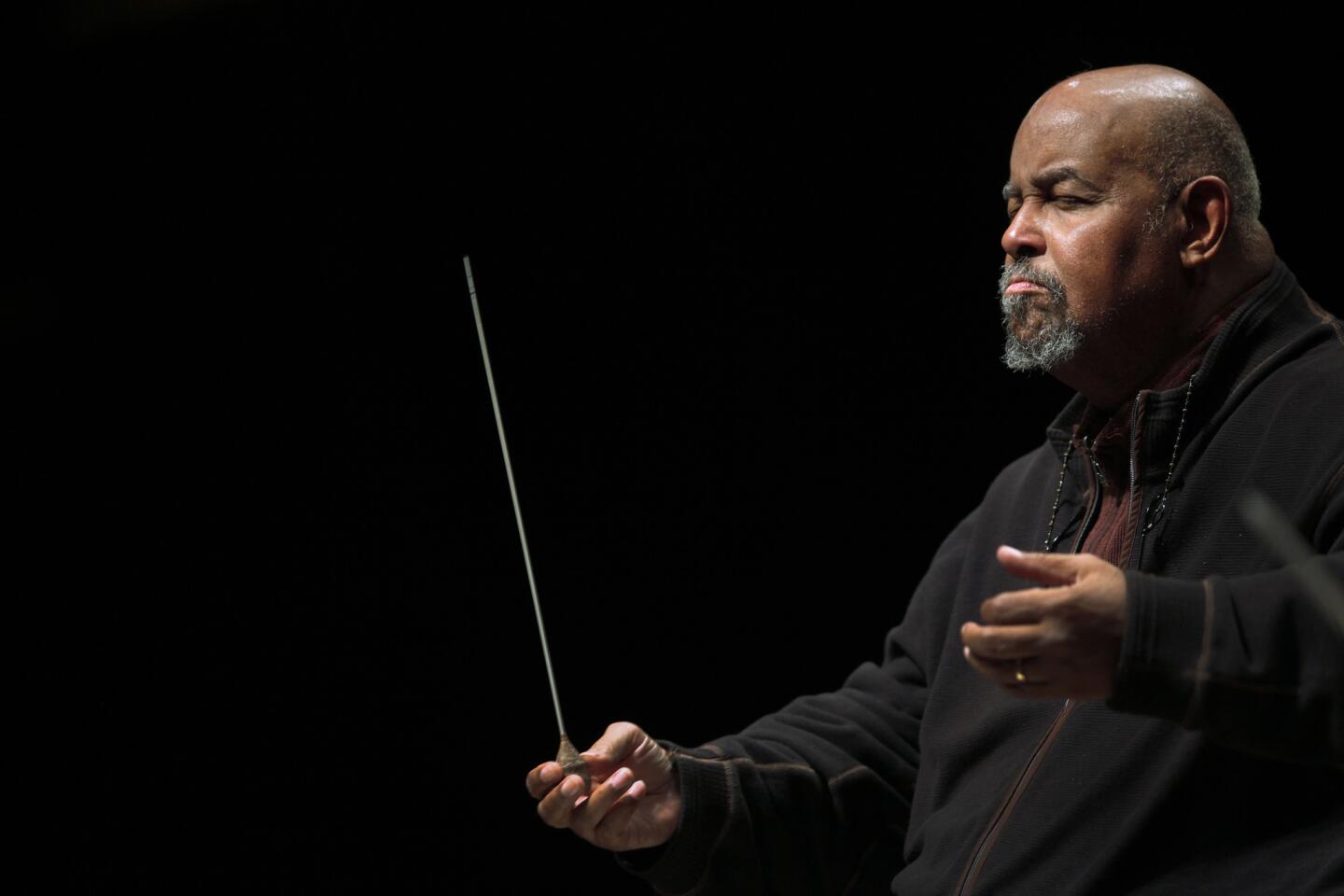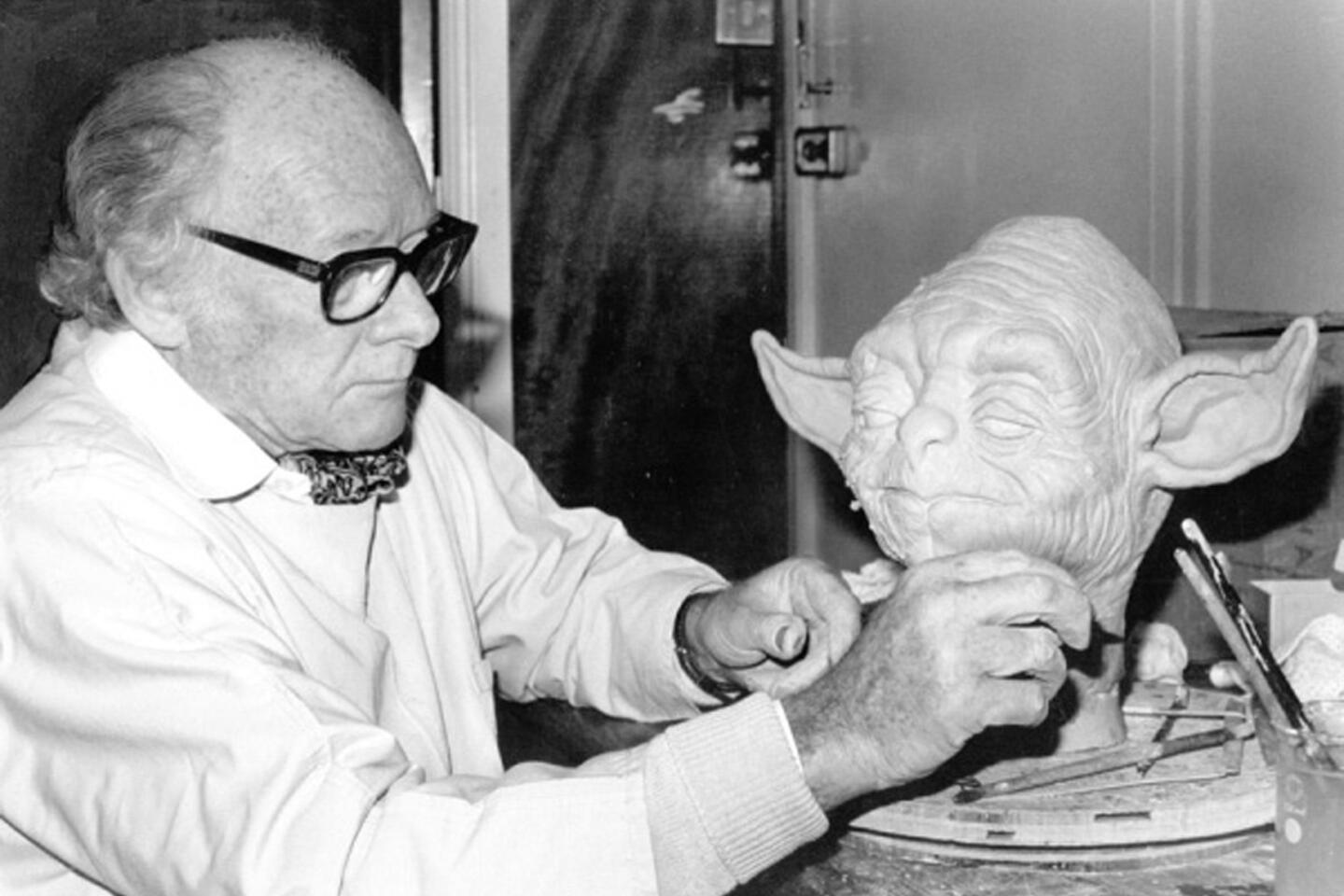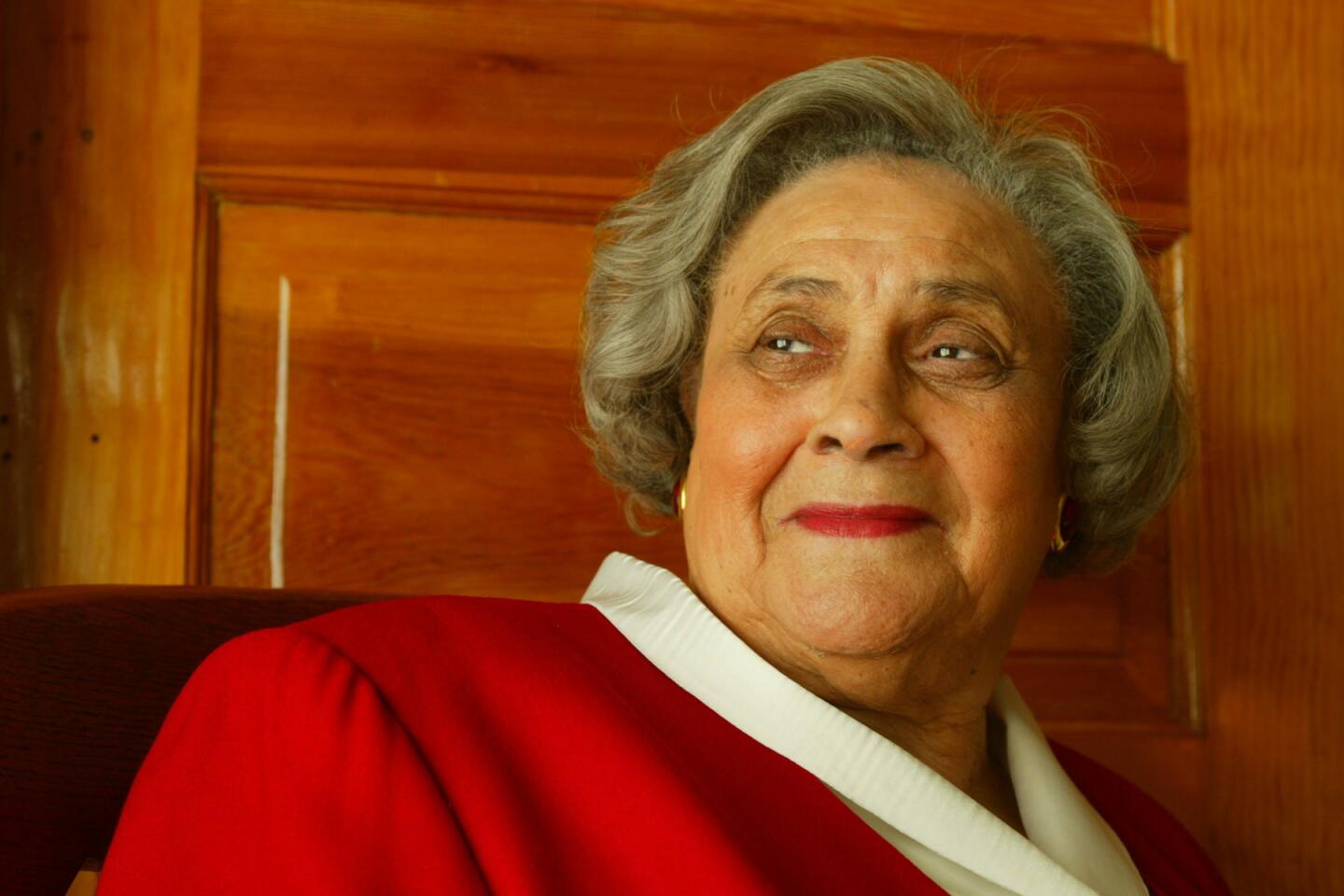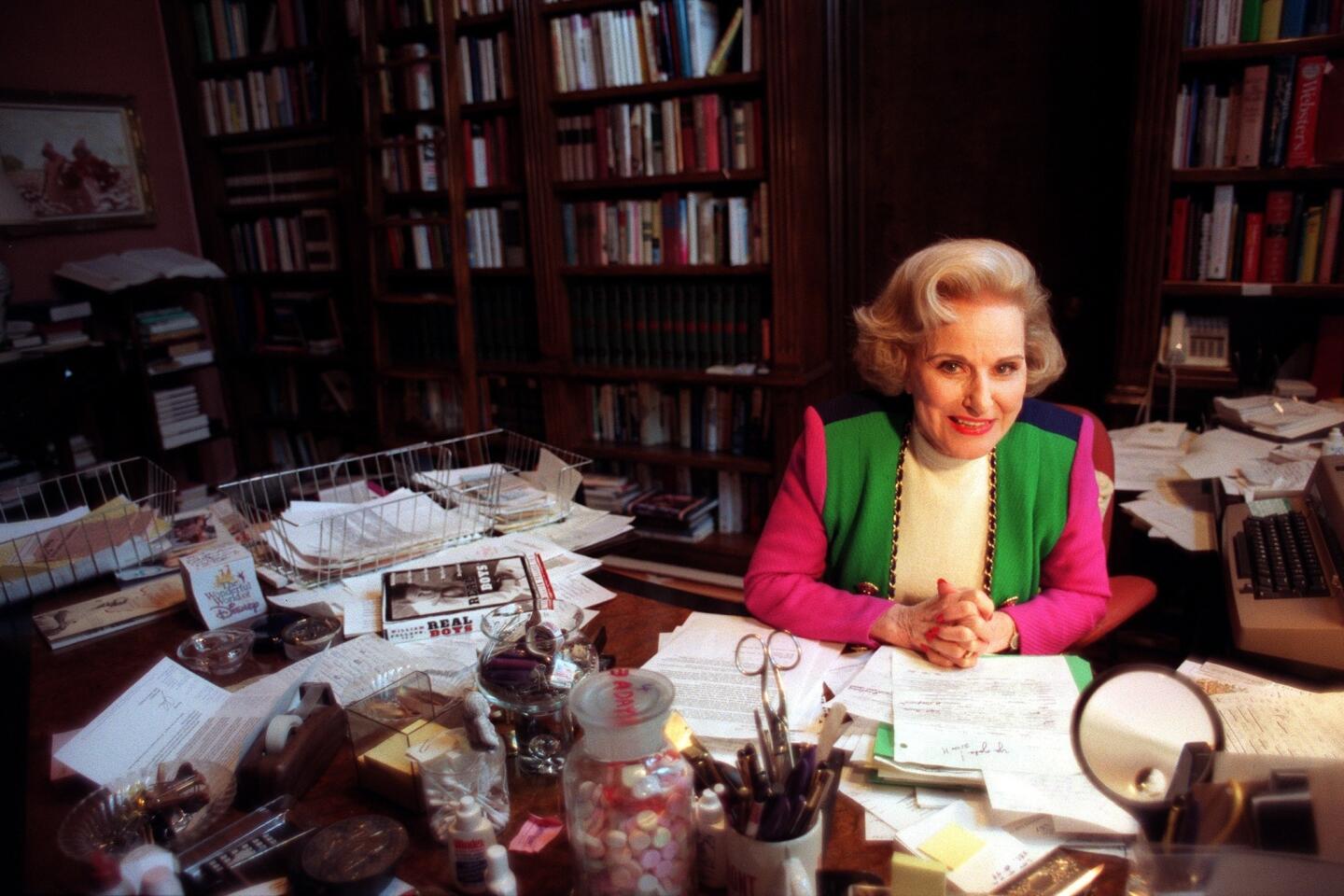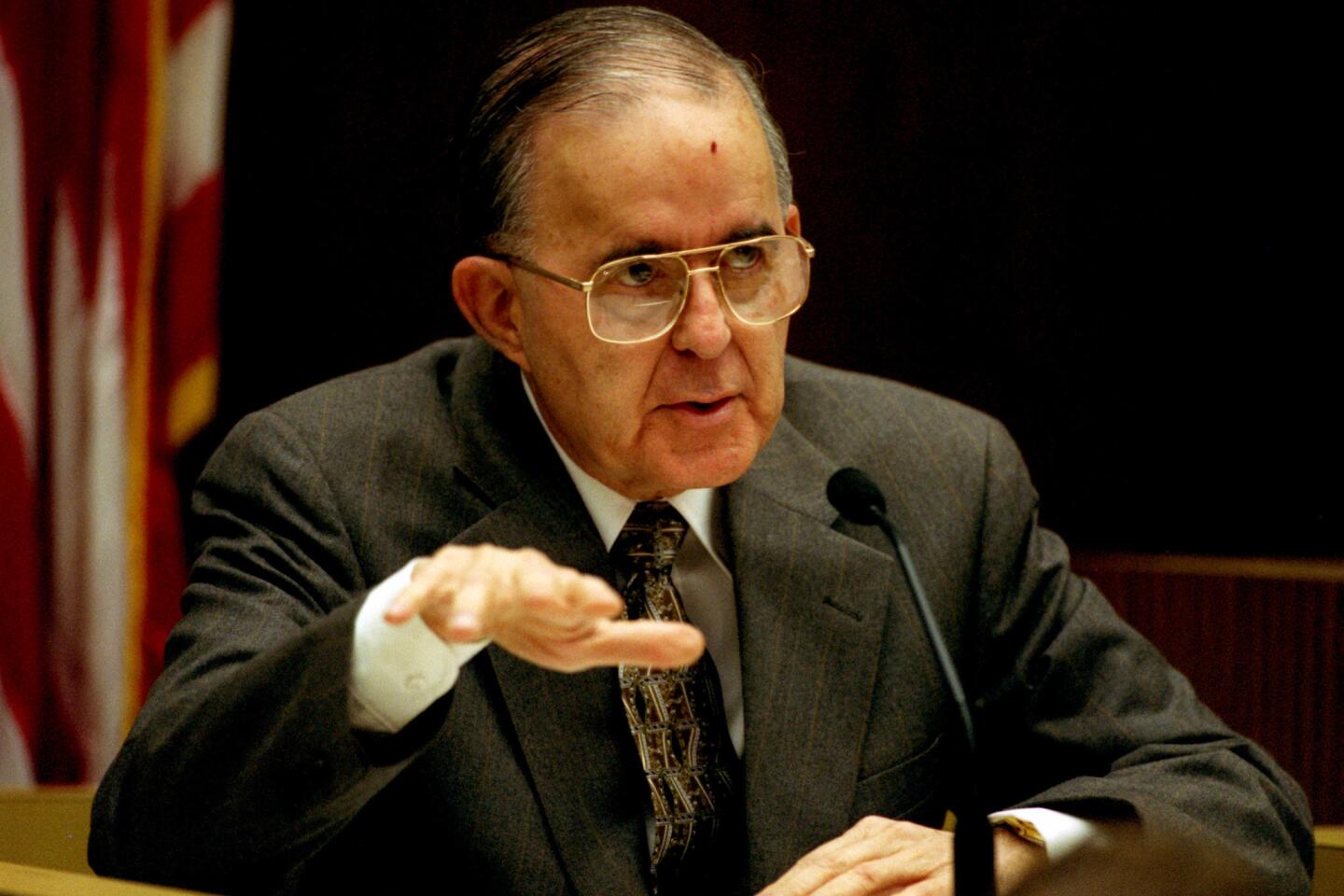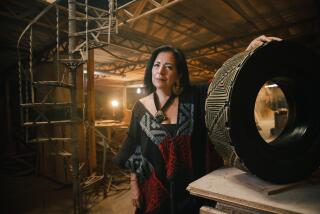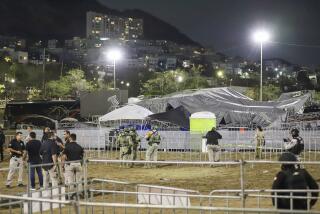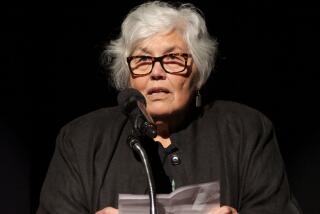Pedro Ramirez Vazquez dies at 94; architect changed the face of Mexico City
Pedro Ramirez Vazquez, an architect who changed the face of Mexico City by designing a number of landmark modernist structures, died on Tuesday, his 94th birthday.
The cause was pneumonia, according to Mexico’s National Council for Culture and the Arts.
Ramirez Vazquez was known for stunningly original designs that blended a European modernist sensibility with pre-Columbia aesthetics.
His most famous modernist buildings, all in Mexico City, include the Basilica of Guadalupe, one of the country’s holiest shrines; the National Museum of Anthropology, distinguished by a vast, square concrete umbrella; and Azteca Stadium, open since the mid-1960s and home to Mexico’s national soccer team.
The sweeping, curvy lines of the basilica and the cantilevered central pavilion of the anthropology museum became hallmarks of Mexico’s modernist architectural boom, led by noted architect Luis Barragan and others from the 1940s to the ‘70s.
In a Twitter post, arts council president Rafael Tovar y de Teresa said “Mexico has suffered a great loss” and called Ramirez Vazquez “one of the greats of our culture.”
The son of a bookseller, Ramirez Vazquez was born April 16, 1919, in Mexico City and became fascinated by architecture while visiting the Acropolis in Greece as a teenager.
After studying architecture at the National Autonomous University of Mexico, or UNAM, he oversaw building conservation for the Ministry of Education from 1947 to 1958. His design for a pre-fabricated school resulted in 35,000 of the low-cost structures being built in rural areas, according to the reference “Contemporary Architects.”
The Mexican government also commissioned Ramirez Vazquez to design pavilions for three World’s Fairs — Brussels in 1958, Seattle in 1962 and New York in 1964.
As chairman of the Mexican Olympic Organizing Committee, he helped bring the Summer Games to the country in 1968, marketing them as a showcase for the modernization of Mexico and emphasizing that the country was a land of peace.
But his Olympic legacy was marred when soldiers massacred student protesters at the Plaza of the Three Cultures in the Tlatelolco area of Mexico City days before the Games. Ramirez Vazquez defended the government crackdown and was criticized along with other officials. Human rights groups have said as many as 350 were killed.
He rejoined the government in the late 1970s, serving as secretary of human settlements and public works until 1982. That year Tijuana opened a $30-million cultural complex he designed with another architect, Manuel Rosen Morrison.
Other significant Mexico City buildings by Ramirez Vazquez include UNAM’s school of medicine, a modernist structure on raised stilts; and the Museum of Modern Art, a contemporary circular building featuring large domes and wedge-shaped exhibit areas.
Architecture is “an instrument of social politics,” he once said, and “a discipline meant to serve man.”
He is survived by his four children: Pedro, Olga Maria, Javier and Gabriella.
More to Read
Start your day right
Sign up for Essential California for the L.A. Times biggest news, features and recommendations in your inbox six days a week.
You may occasionally receive promotional content from the Los Angeles Times.




